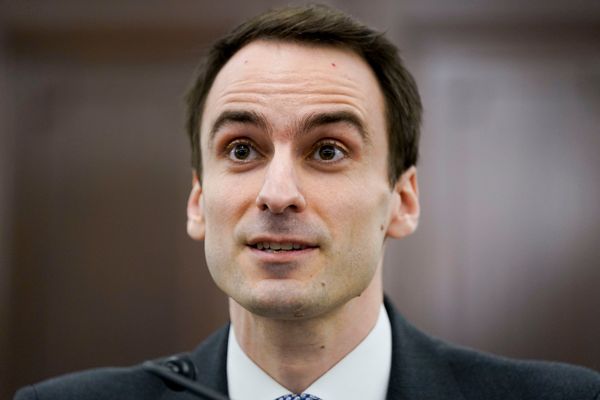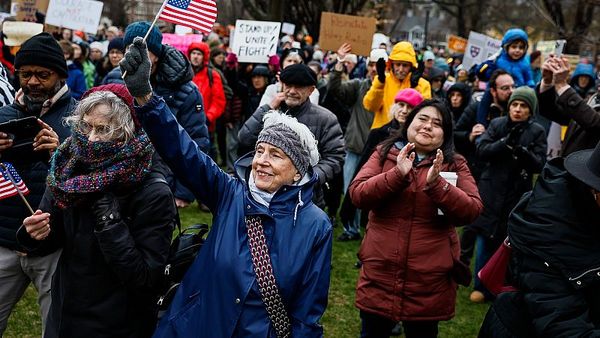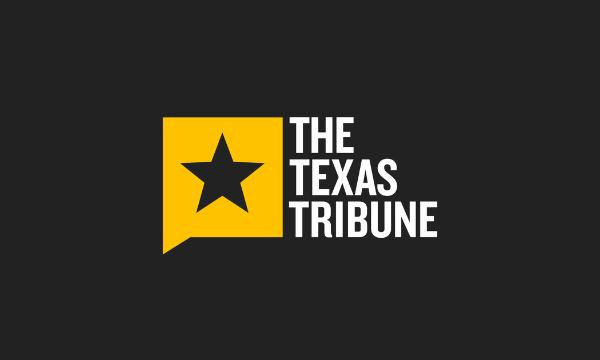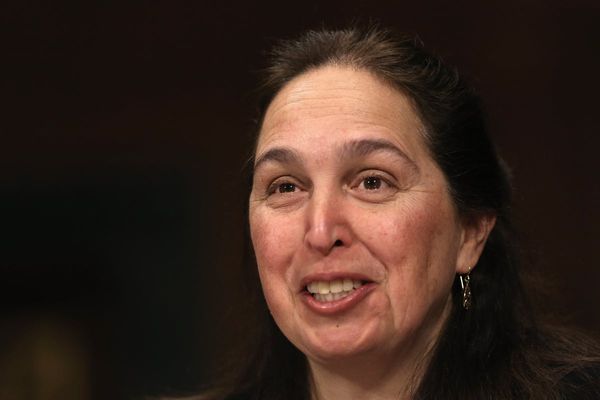The Reserve Bank governor, Michele Bullock, has appeared before a parliamentary committee days after cutting the cash rate, the first drop since the early days of the Covid pandemic.
Bullock provided insight into how the RBA approached the decision and what lies ahead. She also put a timeframe on when households will start feeling better about cost-of-living pressures.
Here are five things we learned from the governor’s appearance at the House of Representatives economics committee on Friday.
Prices are not going down
Bullock conceded that even as inflation cools, living costs are not going down – they just rise at a slower rate.
“The unfortunate news is that the price level doesn’t go back. We can get inflation down to stop it increasing quite so quickly in the future, but the price level isn’t going back to where people remember it being a few years ago,” Bullock said.
That said, the RBA governor said as “real wages” rise, people will start to feel better.
Real wages refer to wages adjusted for inflation, which tend to go backwards during periods of quickly rising costs.
“It’s going to take some time for people to get comfortable that prices aren’t going to be rising at the same clip as they were in the past, so it’s not going to be immediate,” she said.
“If we can keep inflation back down to the target band and real wages are rising, I think people will start to feel a bit better over the coming year.”
The target inflation band is 2% to 3%, which has been tracking closer.
Too slow to raise
The RBA started its rate hiking cycle in May 2022, months after some other central banks started doing so amid clear inflationary pressures.
Bullock, deputy governor at the time, conceded on Friday the RBA was late to respond.
“Arguably, we were late raising interest rates on the way up; we didn’t respond as quickly as we should have to rising inflation,” she told the committee.
The May 2022 decision to raise rates was itself a confession that the RBA had got it wrong, given it had suggested that the official cash rate would remain at historic lows until “at least 2024”.
As inflation spun higher, the RBA unveiled 13 hikes in quick succession, taking the cash rate to 4.35% before Tuesday’s quarter-point cut.
Why the RBA cut rates
Bullock indicated that those lessons from the past helped inform Tuesday’s decision.
“The board has been quite cognisant of the fact … that if we’re going to start reducing interest rates, then we need to be thinking of doing it, not when we are already back in the band, but as we start to get more confidence we’re coming back to the band,” she said.
In other words, the board didn’t want to be late to cut, even though its preferred measure of inflation was not yet at the target level.
While central bankers are concerned cutting rates too early could trigger a bout of inflation, keeping rates elevated risks squeezing the economy, leading to unnecessary household pain and job losses.
“The board decided, in the end, that taking off just 25 basis points and then sitting and waiting for more data was the best thing to do,” Bullock said.
What happens next
The RBA’s outlook is more cautious than forecasts by economists at Australia’s major banks, who expect up to three more cuts this year.
The broader market also tends to assume increases and cuts come in a series, as they recently did on the way up.
Bullock indicated at several points that wasn’t necessarily the case this time. She told the committee future cash rate decisions would be guided by “our evolving assessment of the risks”.
The governor said the cut represented a rewinding of the last rate hike, taken in November 2023 as “insurance” against the risk of rising inflation.
“The board’s decision on Tuesday to unwind the November 2023 increase reflects its assessment that this insurance is no longer required,” she said.
“Looking ahead, the board is committed to being guided by the incoming data and our evolving assessment of the risks.”
What are the risks?
The RBA is keeping a close eye on the jobs market, which is proving resilient and not necessarily in need of a rate cut stimulus.
Bullock also said on Friday that Donald Trump’s tariffs were creating uncertainty.
“The bottom line is that it’s definitely negative for growth,” she said. “The impact on inflation is less certain. It does depend.”
Bullock went on to explain that the tariffs could prompt China to export goods more cheaply elsewhere, including to Australia. This would be disinflationary for Australia, because consumers would pay less.
On the other hand, the US dollar could rise in value due to the higher import duties. This would be inflationary, because a lower Australian dollar makes imports more expensive.
“The first point to make is that it is not only uncertain, it’s unpredictable,” she said, referring to US trade policies.
“What’s policy one day is not policy the next day.”







